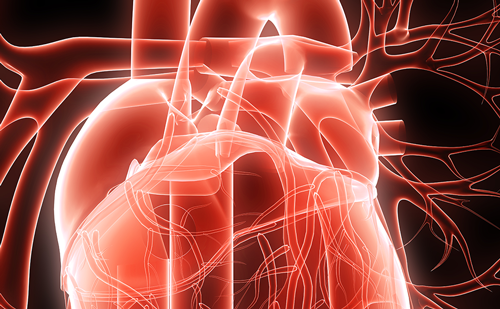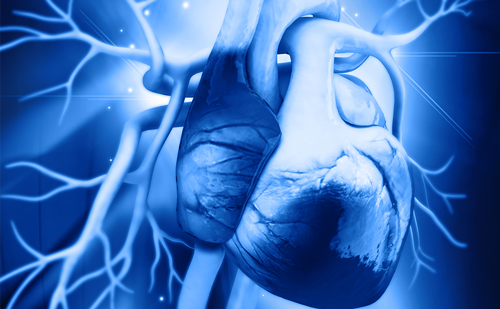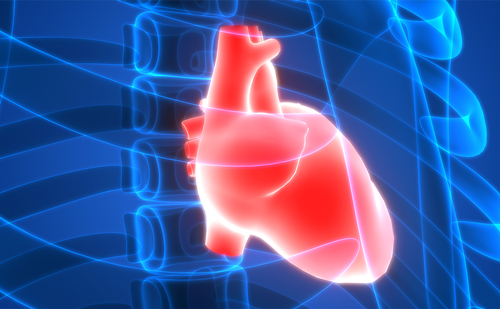Introduction: Transcatheter leadless pacemakers are increasingly being used for the treatment of bradyarrhythmia. Data following conventional transvenous pacemaker implantation suggests same-day discharges are safe and have become the standard of care in many institutions around the world. There is limited data regarding same-day discharges in patients undergoing leadless pacemaker implantation.
Purpose: To assess the feasibility and safety of same-day discharge following leadless pacemaker implantation and, to determine the potential influencing factors on decisions about the suitability for same-day discharge.
Methods: A retrospective study was conducted examining all leadless pacemaker implantations between May 2016 and December 2022 at Glenfield Hospital, Leicester. The baseline patient characteristics, procedural details and follow up data were collected. Factors judged to influence the appropriateness for same-day discharge were also identified. The outcomes of those patients who underwent same-day discharge were compared to those who remained in hospital overnight or more than 1 day post implantation.
Results: In total, 128 patients received a leadless pacemaker; 75 male and 53 female. The mean age was 56.6 years (range: 16–92 years). The indications for pacing were sinus node disease (23%), AF with complete heart block (11.7%), AF with slow ventricular response (15.6%), high grade AV block (32.8%), pre-AV node ablation (6.25%) and neurocardiogenic syncope (10.9%). Haemostasis was achieved at the puncture site with the use of a ‘figure of 8’ suture ± closure device.
A total of 50 patients (39%) were discharged on the same day and 48 patients (37.5%) were discharged the following day. Twelve patients (9.3%) and 7 patients (5.4%) stayed in hospital for the next 2–3 days and 4–7 days respectively. Eleven patients (8.5%) were hospitalised for longer than 7 days. Factors which influenced decisions about the appropriateness for same-day discharge included patient frailty, the presence of co-morbidities which required subsequent in-patient care, the finishing time of the procedure, intra-procedural complications and social circumstances.
In the group as a whole, one patient had device microscopic migration at 3 months which required recapturing and the deployment of new leadless pacemaker implant. Two patients developed a haematoma and 1 patient had access site bleeding, all of which were managed conservatively. No other complications were identified.
Among the same-day discharge patients, one patient had access site bleeding and one patient developed haematoma. Both patients required readmission and an additional one-night stay in hospital. Overall, there was no increased complication rates observed in the same-day discharge group.
Conclusion: Our single-centre data suggests that same-day discharge after leadless pacemaker implantation is safe and feasible in appropriate patients, and is likely to reduce admission-related costs and improve patient throughput. ❑







